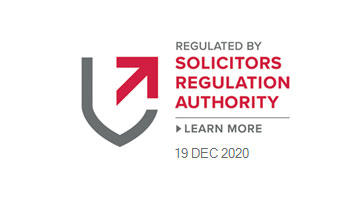It is a common misconception that, when taking a lease of commercial property, a tenant only has to return that property at the end of the lease in the same condition in which they took it but this is not the case. Understanding the repair clause in your lease is vital to ensuring you are not left with a very large dilapidations liability when you leave the property at the end of your lease.
What is a “full repairing lease”?
When referring to a lease of a whole building, a “full repair lease” usually indicates that the tenant will be directly responsible for carrying out repairs to the building, at their own cost. This will include the structure of the building and the roof.
When referring to a lease of a part of a building, a full repairing lease will place partial repair responsibility on the tenant, usually for interior and non-structural parts. The landlord will have responsibility for other repairs (e.g. structural and external) but the cost of those repairs will still be recovered from the tenant(s) via a service charge.
What does your repair clause mean?
To “keep” the property in repair:
It has been long-established by case law that an obligation to keep a property in repair includes an obligation to first put the property into repair – even if it is insignificant disrepair at the start of the lease. So, if there is an issue with the roof at the beginning of your lease and your clause states you must keep the Property in repair you will immediately become contractually liable to put the roof into repair – at your own cost.
To keep the property in “good repair” / “good and tenantable repair” / “substantial repair”:
It’s unclear whether there is any practical difference between these repairing obligations and there is case law that suggests generally there is not. However, this is often a point of negotiation as a tenant should seek to avoid an onerous repair standard, whilst a landlord will want to ensure all repair liability rests with the tenant.
To keep the property in good and/or tenantable “repair and condition”:
This refers to condition as well as repair and is more onerous than referring to “repair” alone. A reference to good condition can require works to be carried out even if there is no actual disrepair.
Why does this matter?
At the end of your lease your landlord will inspect the property condition and prepare a Schedule of Dilapidations. This will list all repair wants in the property alongside their expected cost. The wording of your repair clause will be very important at this point as this will determine what can and cannot be included in the Schedule and, therefore, will directly impact upon the cost of your dilapidation’s liability too. Many tenants are very surprised at the dilapidations cost at the end of their lease as they did not properly consider their repair clause when they took their lease.
It is vital to consider your repair clause before you sign the lease. Once the lease is completed your repair standard is set.
So, what can I do?
A well-advised tenant will obtain a Schedule of Condition before they take the lease, usually prepared by an independent surveyor. The surveyor will inspect the property and all items of disrepair will be shown photographically, and described, in the Schedule of Condition. This schedule can then act to limit your repair obligation, as the lease will provide that you do not have to return the property to the landlord at the end of the lease in any better condition than shown in the Schedule of Condition.
The initial cost of a Schedule of Condition can put some tenants from obtaining one. But that upfront cost at the beginning of your lease can save tens of thousands of pounds (if not more) at the end of your lease.
A tenant can also seek to exclude damage caused by inherent or latent defects from their repairing obligations. These are defects in the design or construction of the building which were not apparent on initial inspection and are particularly relevant in new build properties.
In addition to the above, your solicitor should negotiate the lease repair clause on your behalf in order to seek to limit your exposure in as far as possible. A landlord will be seeking to keep the repairing standard high, but amendments can often be made which will reduce your liability.
If you need someone to negotiate a lease or explain your liability under an existing lease please contact our specialist team here at Onyx Solicitors, on 0121 268 3208 or email us at info@onyxsolicitors.com with your query.





